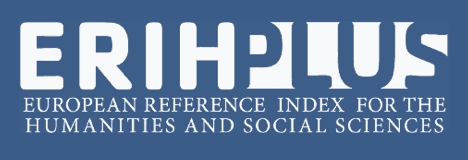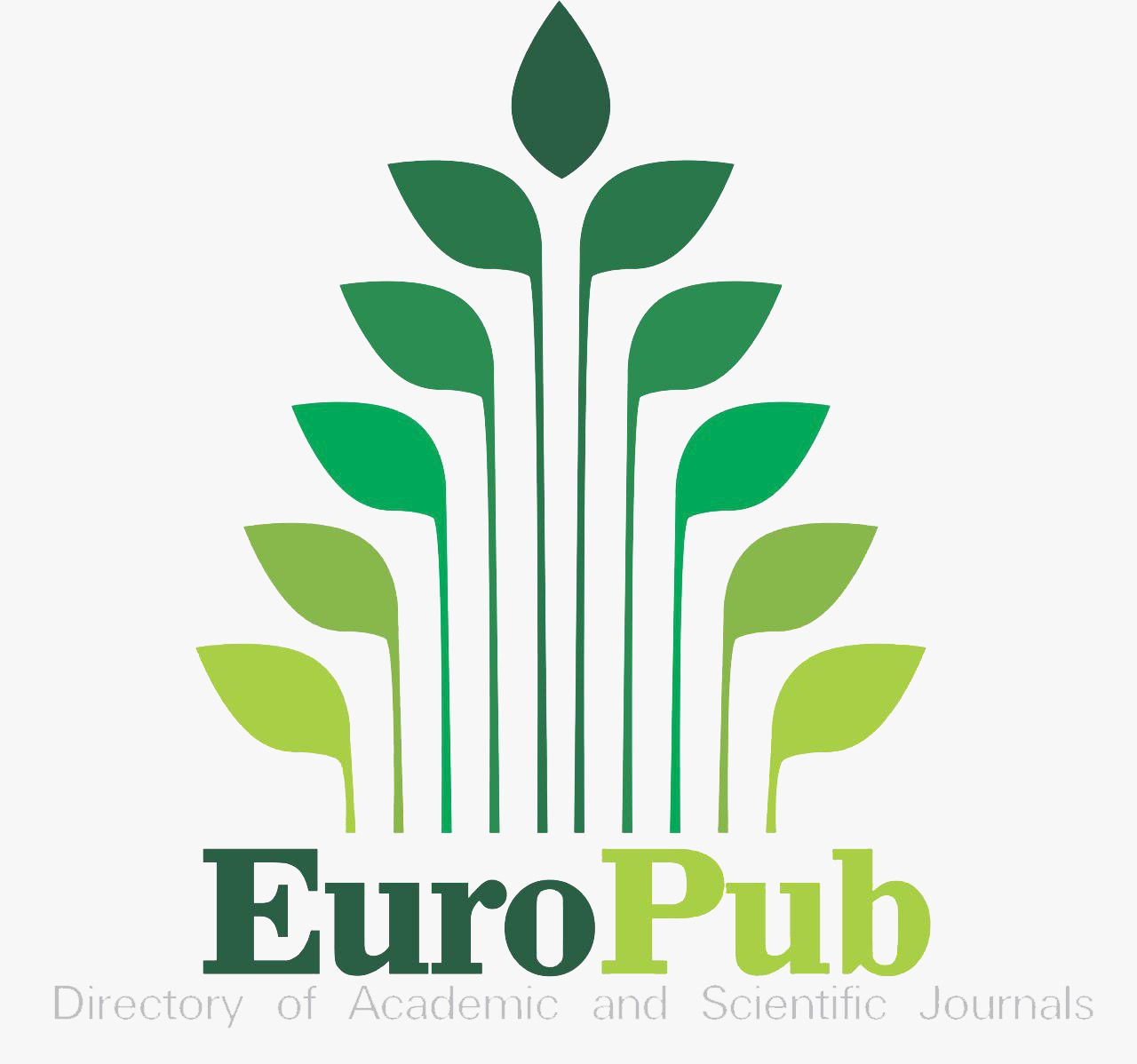Analysis of Queue System to Improve the Quality of Service in Gra PARI Telkomsel Banda Aceh
Abstract
The problem of queue is how to balance the waiting costs and preventing cost of the queue to gain maximum
profit. Queuing analysis can be done by knowing arrival distribution, service time distribution, queue discipline, and
queuing model. The purpose of the paper is to calculate the optimal number of servers so users do not wait too long
in line, know the queue model in accordance with queuing conditions, and improve the efficiency and performance of
servers. In processing data, we are using analysis of distribution and M/G/s queuing method. The result of queuing
system performance based on analysis and calculation shows that the queue model is (M/ G/ 8) :( FIFO/∞/∞ ). The
average time the customer waits in the queue is 17.17 minutes and the average service time per customer is 14.39 minutes.
Customer is served for 14.39 minutes but before being served it must wait for 17.17 minutes. This condition indicates
that waiting time is more than serving time. The system utility level at Gra PARI Banda Aceh is 95.5%, it indicates
that utility is so high that it should be repaired to optimize the utility. The waiting time in the queue is 17.17 minutes,
the waiting time in the system is 31.66 minutes, and the queue length in the system is 17 people. This will make the
bottleneck of customers who will queue before being served. Based on the analysis of the new design, it is known that
the addition of 1 server from 8 to 9 servers is the most optimal solution. The addition of 1 server can reduce the system
utility up to 84.9% and waiting time in the queue is 2.91 minutes, waiting time in the system 17.4 minutes, and the queue
length in the system 9 people. Cost analysis also shows the solution can reduce the cost of queue, so the optimal model
has been found in this study. Therefore, optimal queuing conditions can help companies to improve service quality.

This work is licensed under a Creative Commons Attribution-NonCommercial 4.0 International License.













.jpg)








